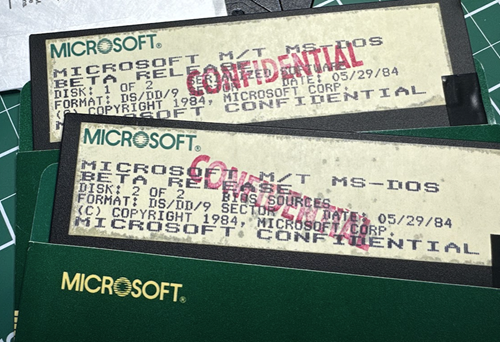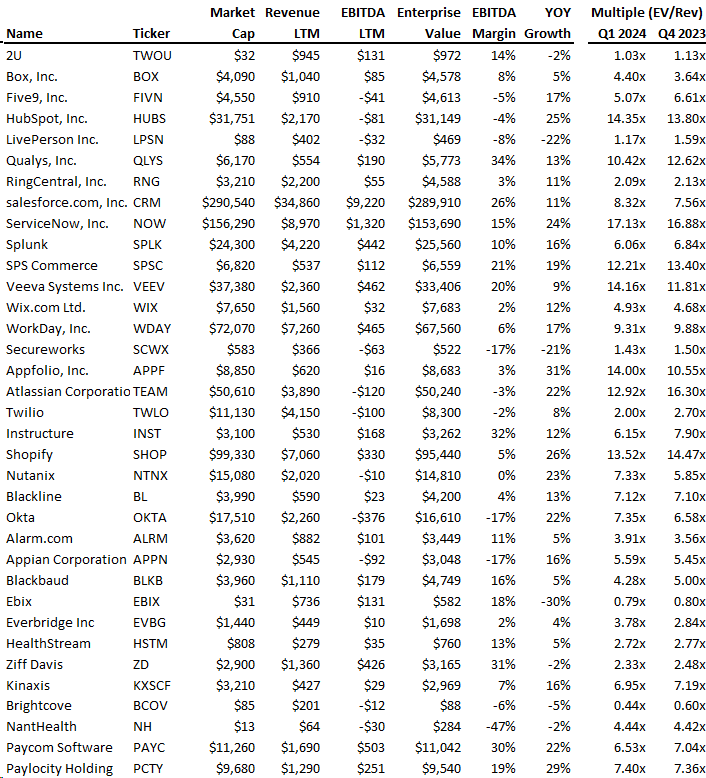How 1500 bytes became the MTU of the internet
Ethernet is everywhere, tens of thousands of hardware vendors speak and implement it. However almost every ethernet link has one number in common, the MTU:
The MTU (Maximum Transmission Unit) states how big a single packet can be. Generally speaking, when you are talking to devices on your own LAN the MTU will be around 1500 bytes and the internet runs almost universally on 1500 as well. However, this does not mean that these link layer technologies can’t transmit bigger packets.
For example, 802.11 (better known as WiFi) has a MTU of 2304 bytes, or if your network is using FDDI then you have a MTU around 4352 bytes. Ethernet itself has the concept of “jumbo frames”, where the MTU can be set up to 9000 bytes (on supporting NICs, Switches and Routers).
However, almost none of this matters on the internet. Since the backbone of the internet is now mostly made up of ethernet links, the de facto maximum size of a packet is now unofficially set to 1500 bytes to avoid packets being fragmented down links.



















